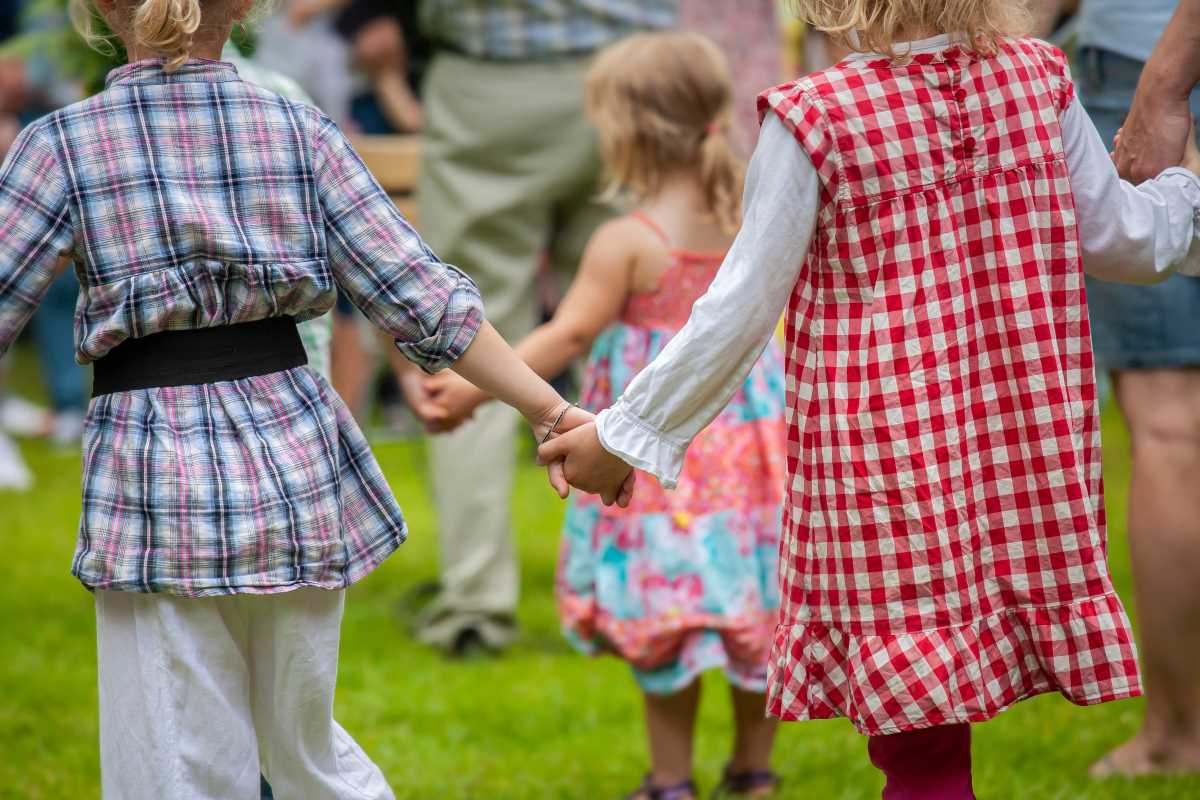Neighbors often discover a deeper sense of connection when they join forces on projects with a shared purpose. Focusing on sustainability themes opens up opportunities to make a lasting difference while building relationships. Planting community gardens, organizing clothing swaps, or caring for local parks invites everyone to contribute and enjoy the results together. Each small action not only nurtures the environment but also helps friendships bloom and creates a more welcoming atmosphere. These hands-on activities transform ordinary spaces into vibrant places where people feel proud to belong and inspired to keep making a positive impact.
A friendly approach keeps momentum going. Start small, celebrate every milestone, and invite feedback at each step. That way, neighbors feel heard and excited to dive into the next activity.
1. Launch Community Garden Projects
Invite residents to pick a plot in a shared garden. Assign simple tasks like watering, weeding, or planting seeds. People bond over fresh soil, and they really love tasting veggies they've grown together.
To make the process smooth, follow these steps:
- Find a sunny spot, secure permissions, and map out individual plots.
- Gather tools, soil, and seeds through local donations or a small budget.
- Host a kickoff planting day with refreshments and music to set a fun tone.
- Set up a watering schedule so everyone takes turns.
When spring arrives, plan a harvest potluck. Sharing homegrown salads or pesto creates a lasting memory and motivates gardeners to keep caring for the space.
2. Organize Eco-friendly Workshops
Workshops on composting, upcycling, or making natural cleaning products help neighbors learn new skills. Pick topics that match local interests—maybe a session on brewing herbal teas or on building birdhouses.
Here’s a simple outline you can use for each workshop:
- Introduce the theme with a brief hands-on demo.
- Break participants into small groups for a short project.
- Share results and encourage questions.
- Send everyone home with a take-home kit or instructions.
- Collect feedback through a quick survey to improve future sessions.
Keep the atmosphere casual. Let folks mingle over snacks, swap tips, and spark ideas for the next meetup.
3. Support Local Art Installations
Turn unused walls or empty lots into community art spaces. Invite local artists and residents to contribute murals, sculptures made from recycled materials, or garden mosaics. Art makes a space inviting and encourages people to pause, chat, and share their own stories.
Coordinate a “paint day” or sculpture workshop where everyone adds a piece to a collaborative work. Provide basic supplies—paint, brushes, wood scraps, or recycled metal bits—and let creativity take over. When the project wraps, host a small opening celebration with local snacks or live music to draw a crowd.
4. Develop a Neighborhood Swap Event
Swapping gently used items reduces waste and saves money. Encourage neighbors to bring books, clothing, toys, or kitchen gadgets they no longer need. Create a festive vibe with banners, picnic blankets, and street musicians.
- Set clear drop-off times and space layout so people know where to place items.
- Offer free “swap bucks” for early arrivals to keep traffic steady.
- Designate a kids’ corner with toys and crafts to keep little ones entertained.
- Arrange refreshments from volunteers or a local café to keep energy high.
After the swap, collect leftover items for donation. Show how every event can support local charities and reduce landfill waste.
5. Partner with Schools and Youth Groups
Young people bring energy and fresh ideas. Reach out to nearby schools, scouts, or youth centers to work on green projects. Ideas include planting pollinator gardens, building insect hotels, or hosting clean-up challenges along sidewalks and parks.
Offer simple leadership roles to students—like organizing teams, creating posters, or sharing project updates on social media. Giving them real responsibility boosts confidence and helps them feel ownership of the project.
6. Spreading the Word and Building Community
Use online tools to spread the word quickly. A dedicated webpage, community bulletin, or social feed can post updates on meeting times, volunteer shout-outs, and photo galleries of past successes. That insight attracts new faces and keeps regulars in the loop.
Pair digital posts with printed flyers in libraries, coffee shops, and community centers. When people see both, they’re more likely to sign up. Make each announcement friendly, include clear dates, times, and what to bring, and thank everyone for any help they can offer.
Small steps make a big difference. When people notice local improvements, they keep returning and invite friends. This cycle of friendly activities, shared spaces, and new projects means every member plays a part.
Focus on practical, sustainable projects to create a vibrant neighborhood filled with connections and future green leaders.
 (Image via
(Image via





